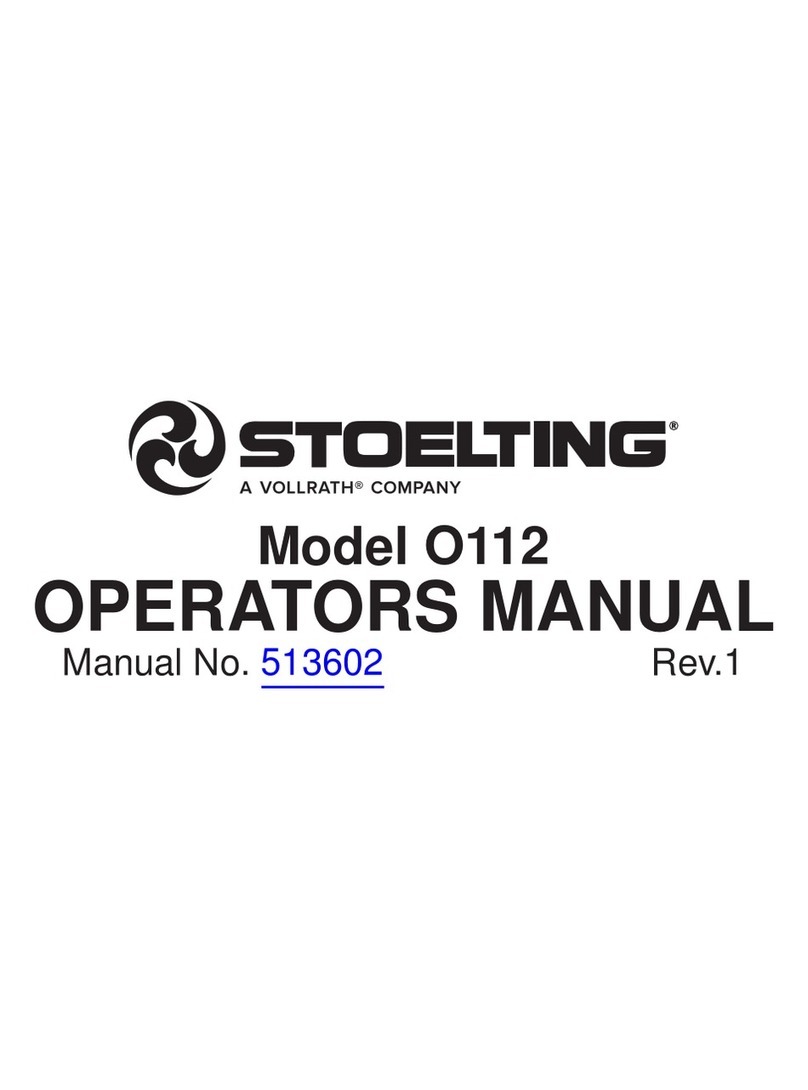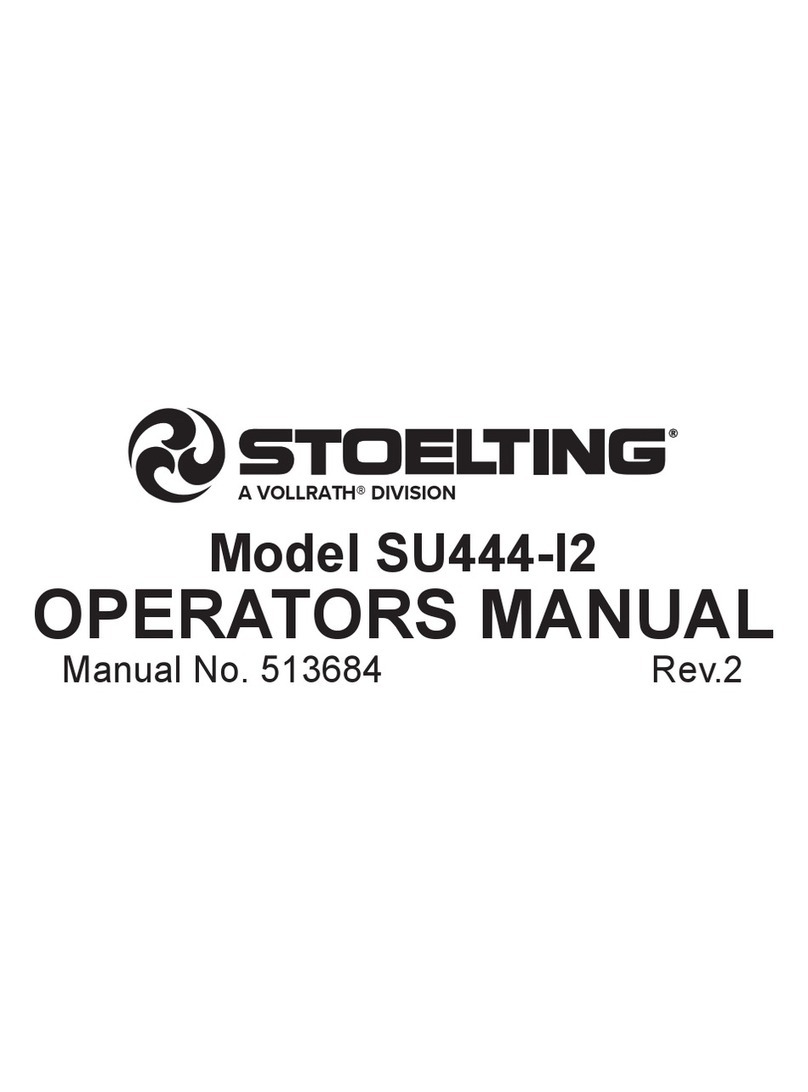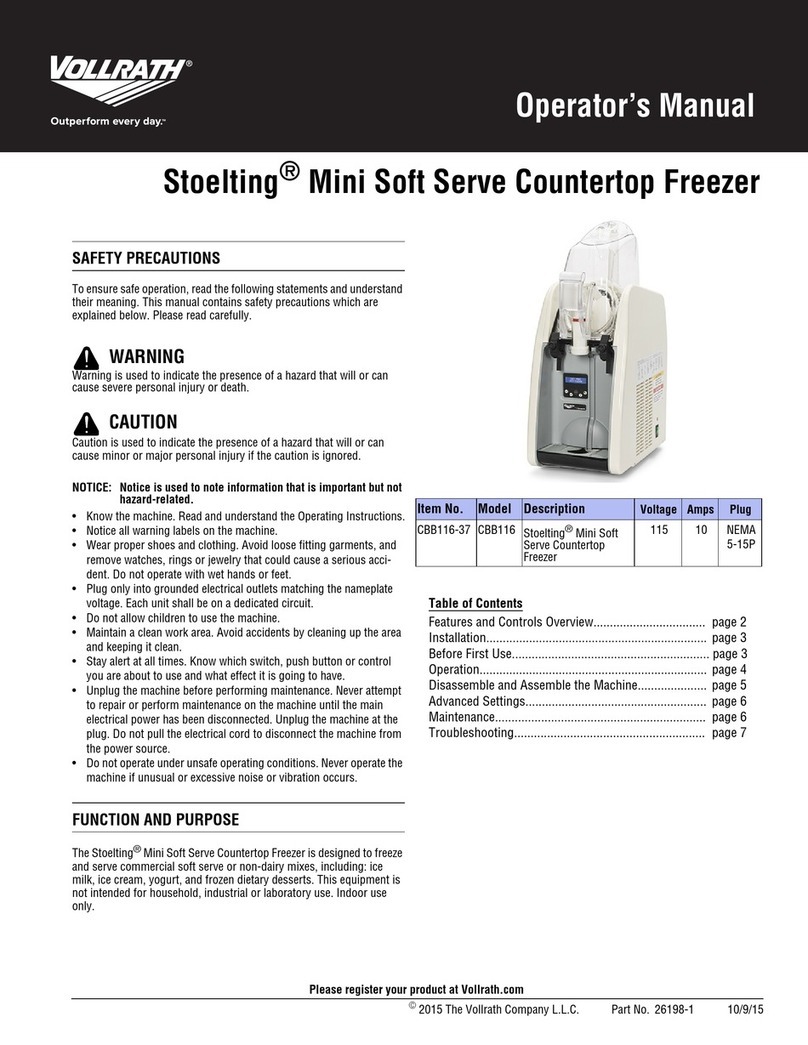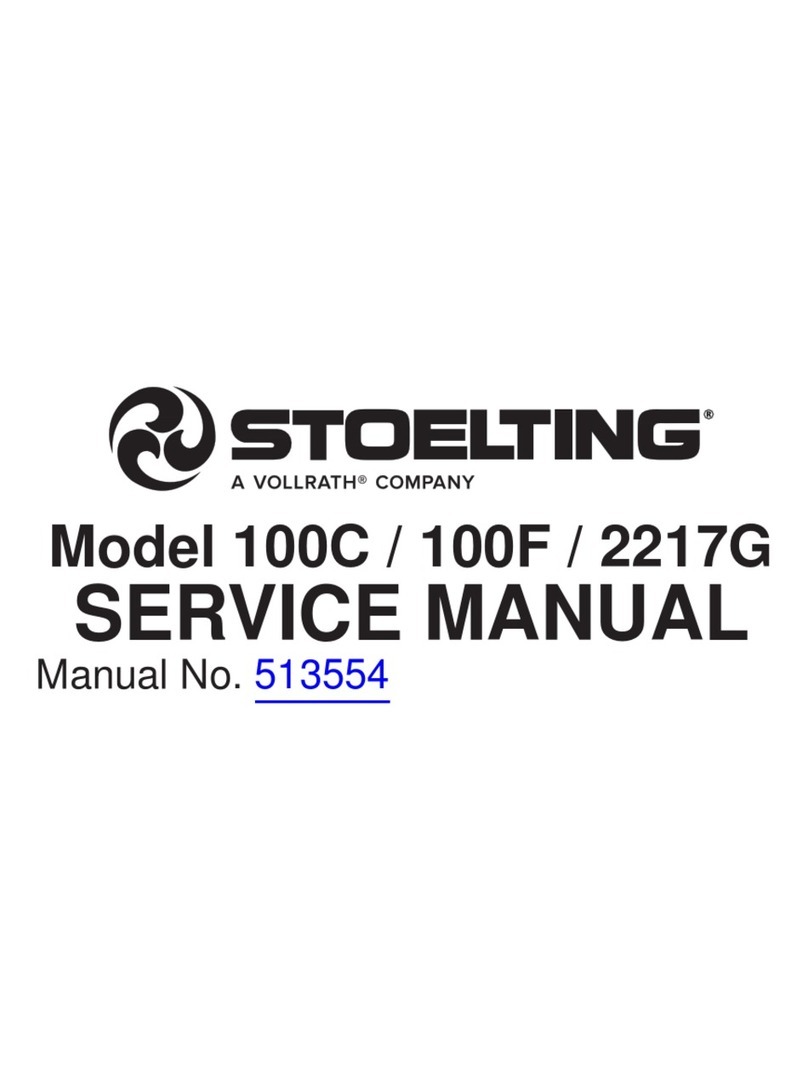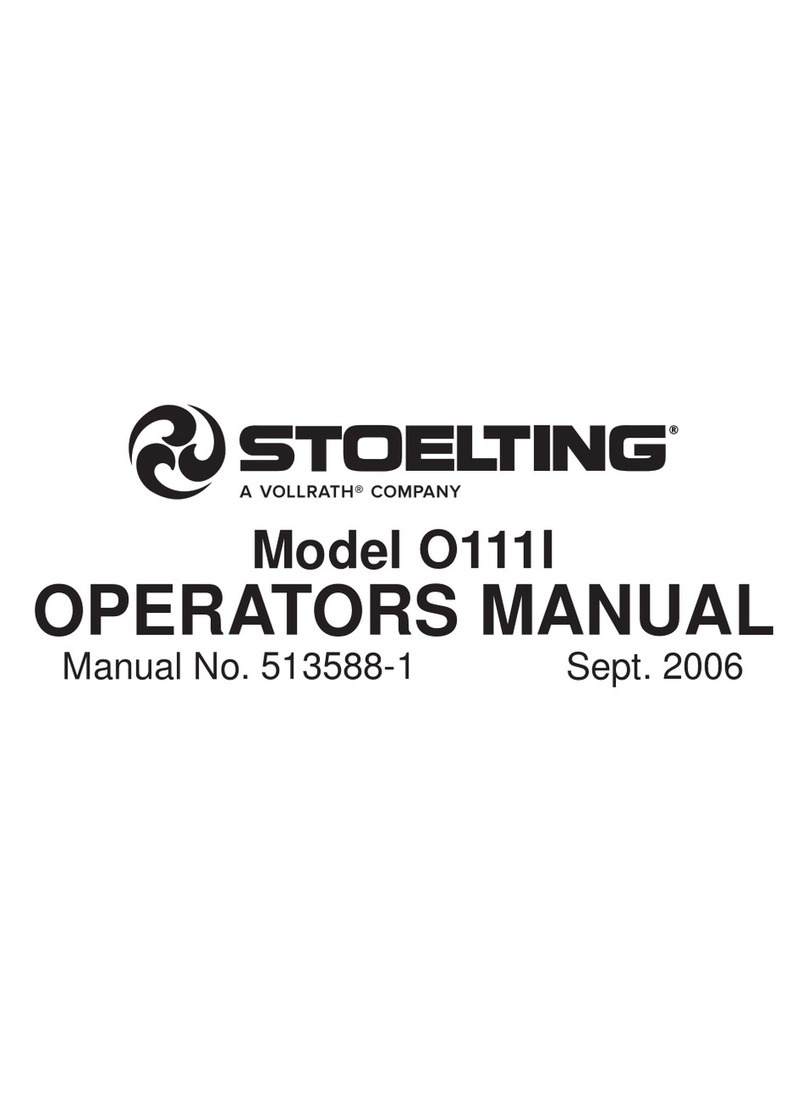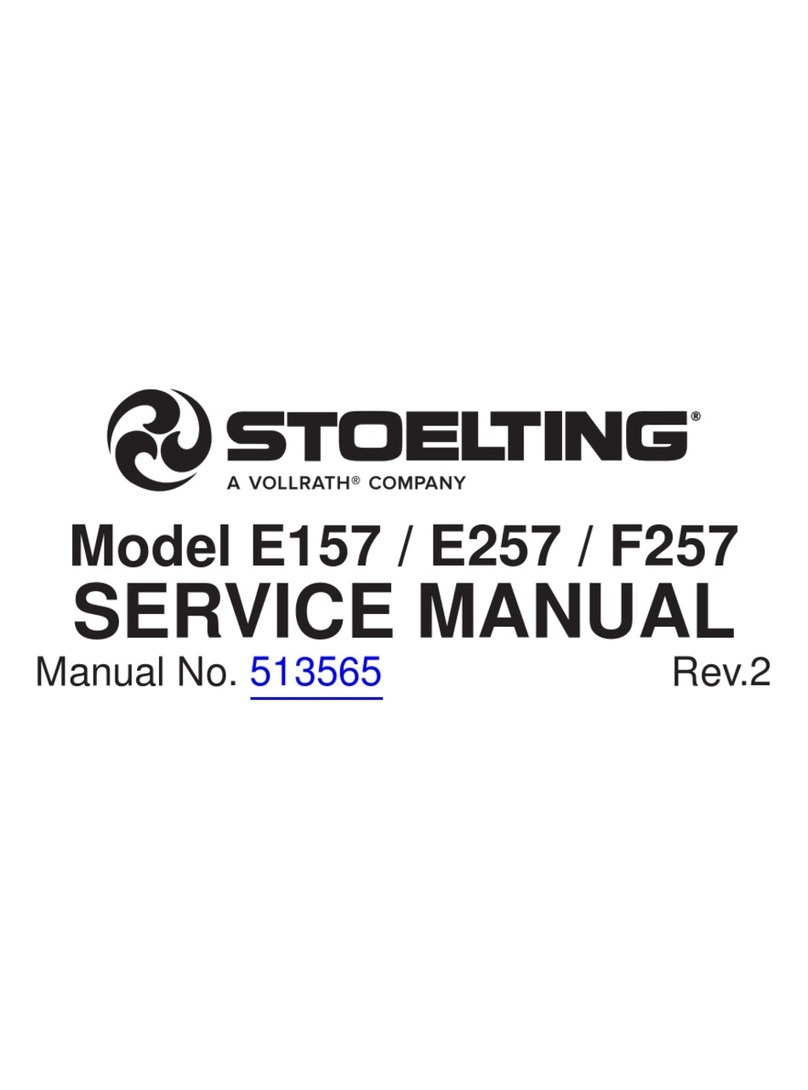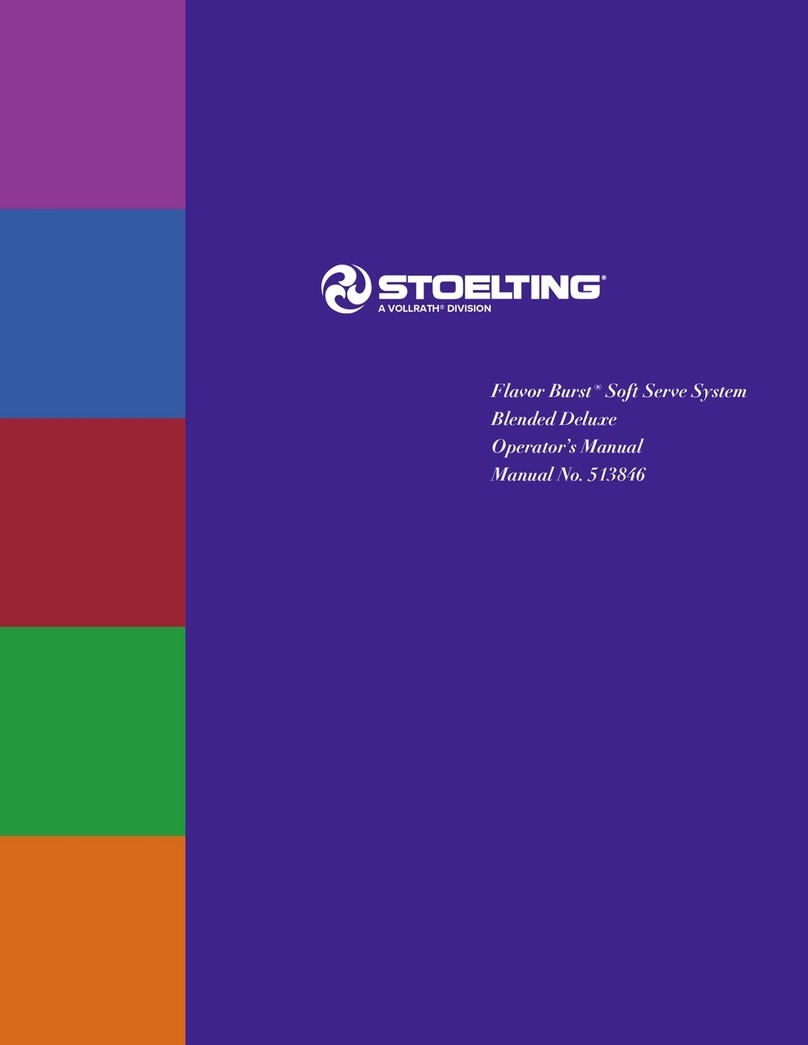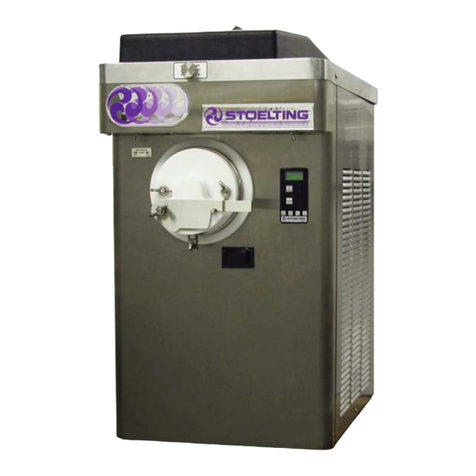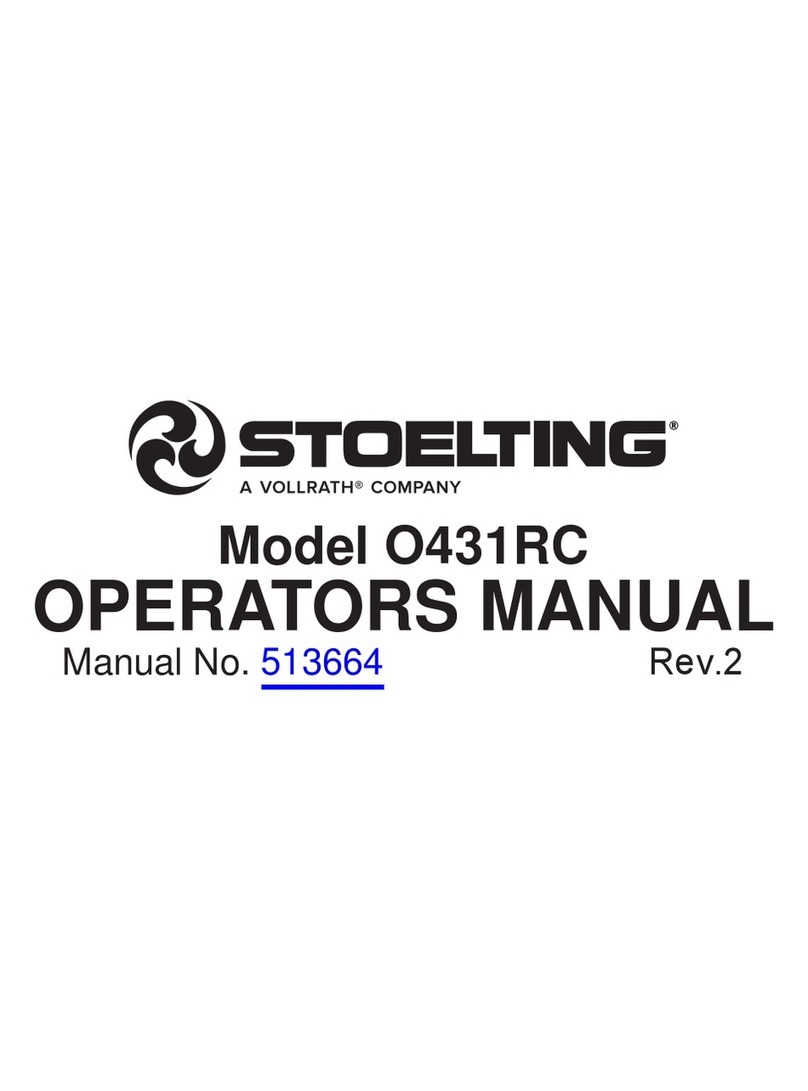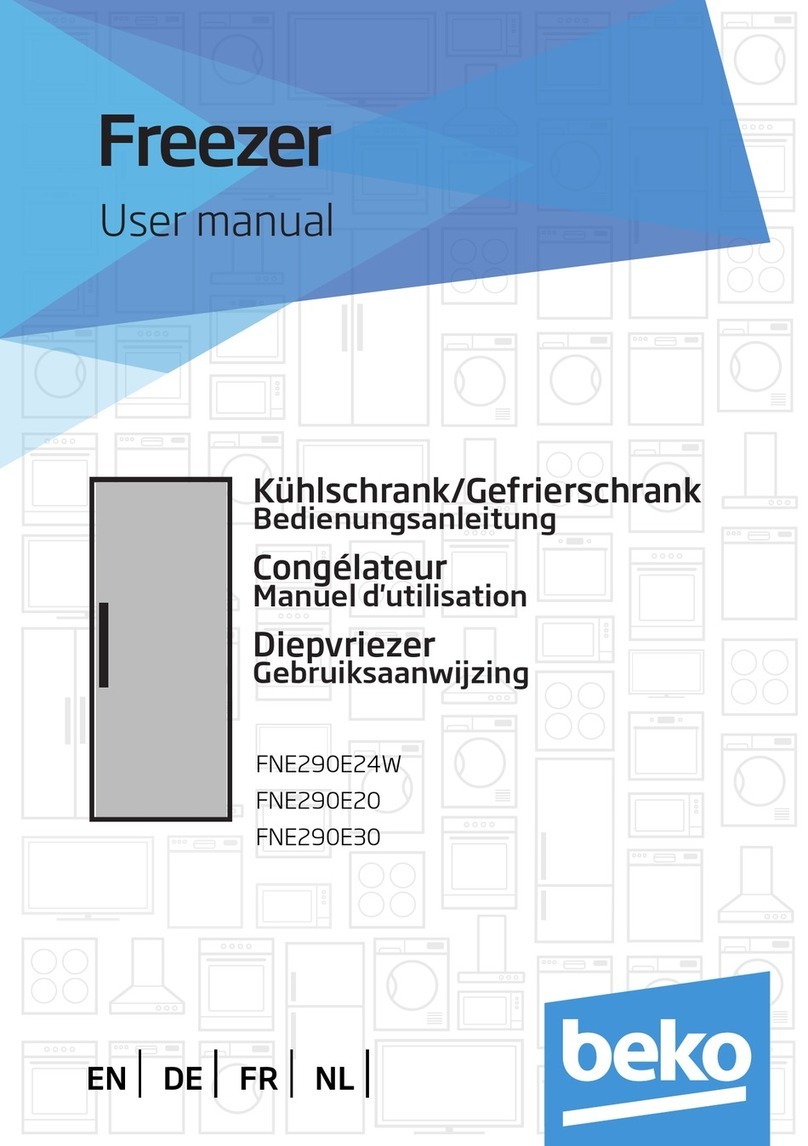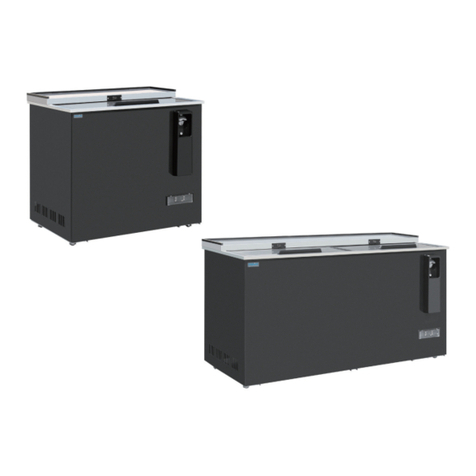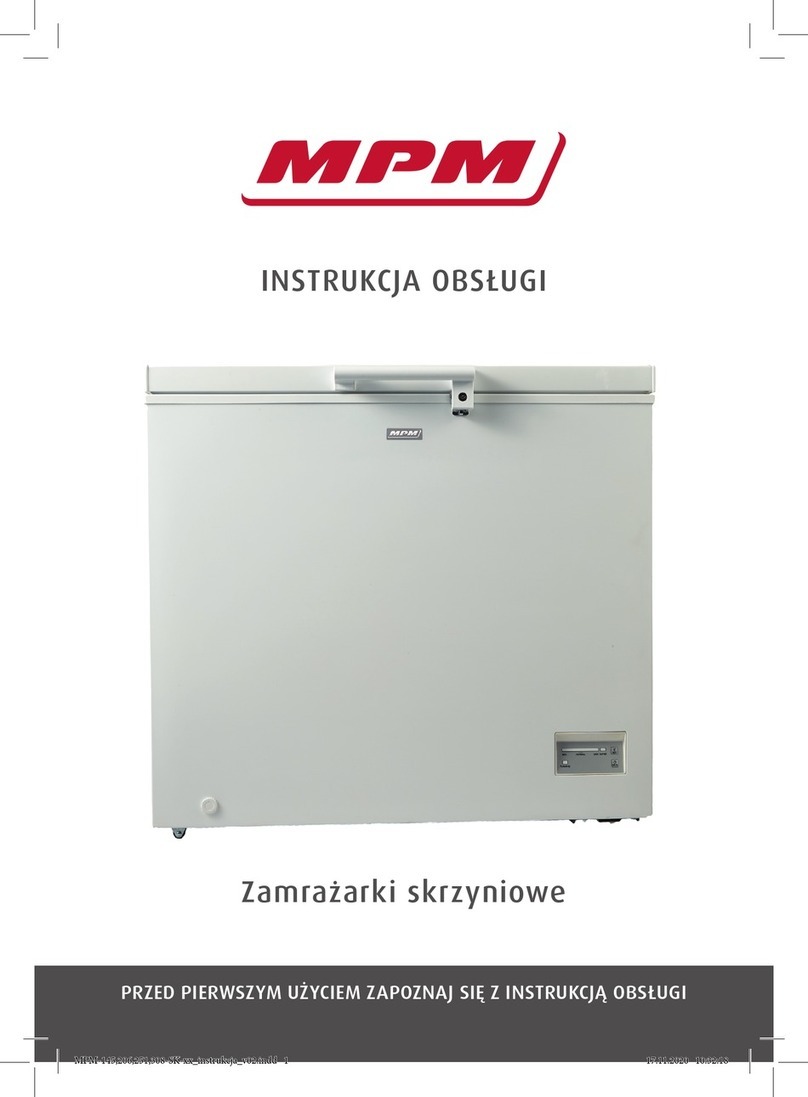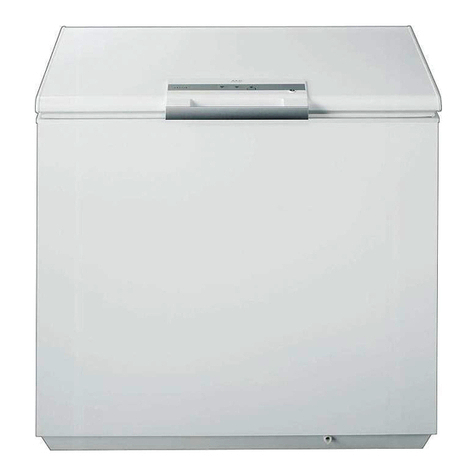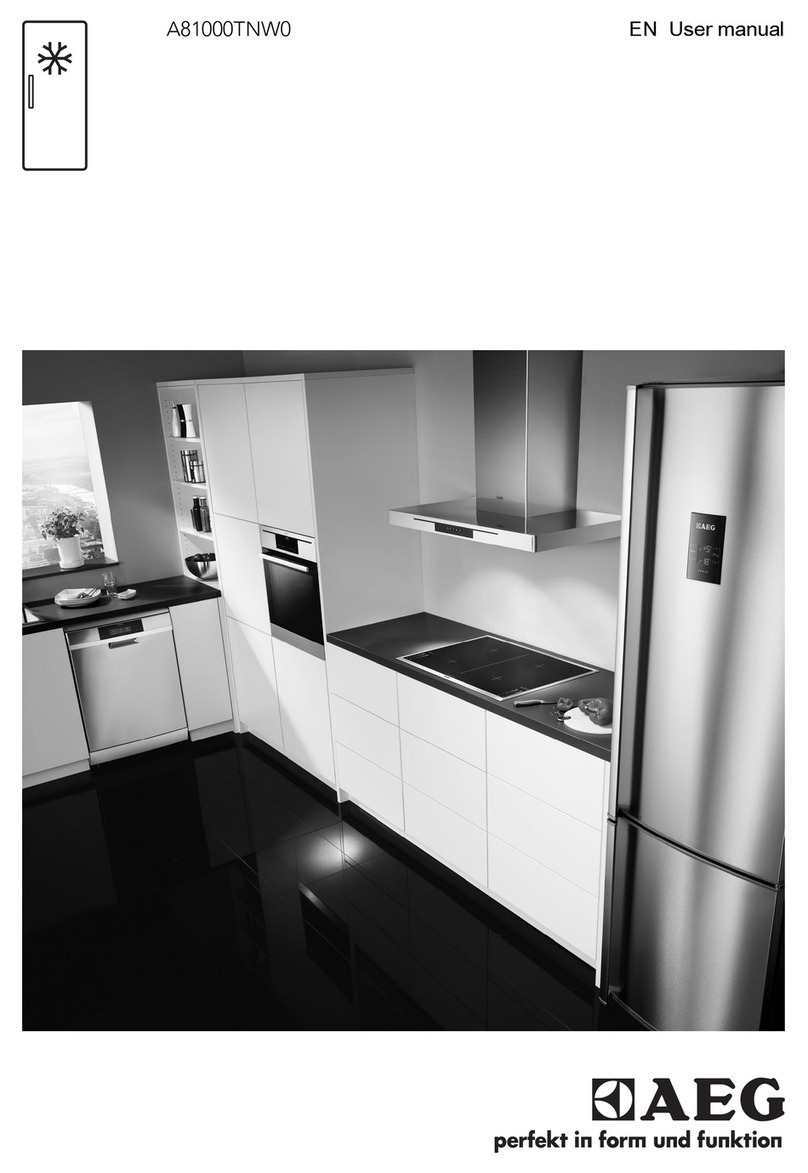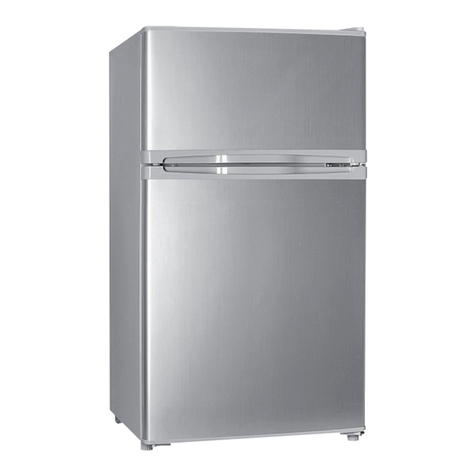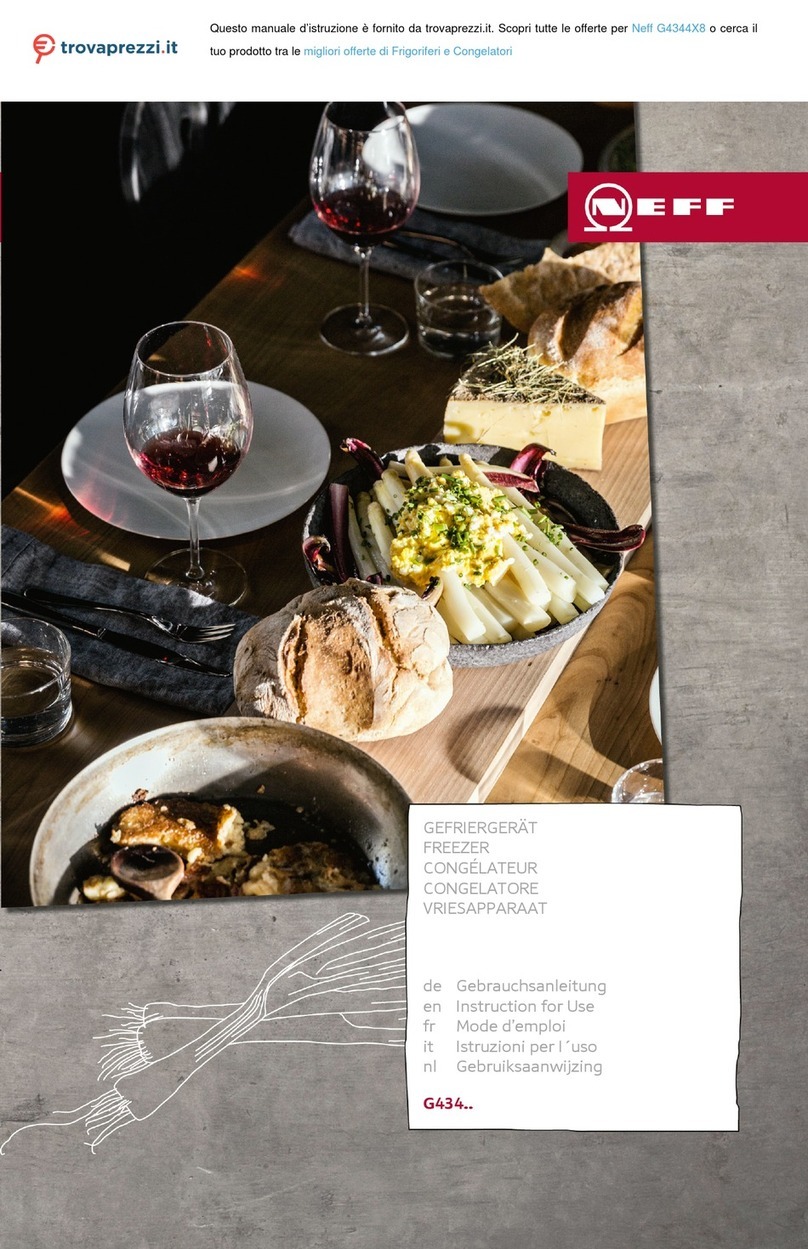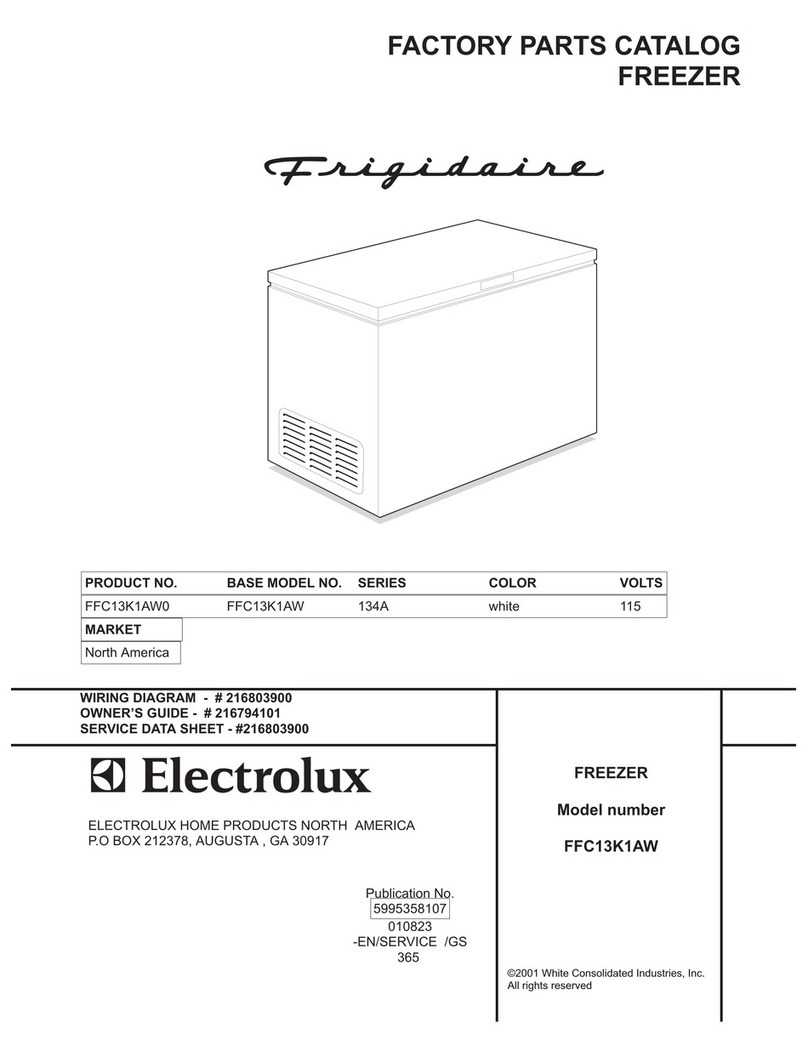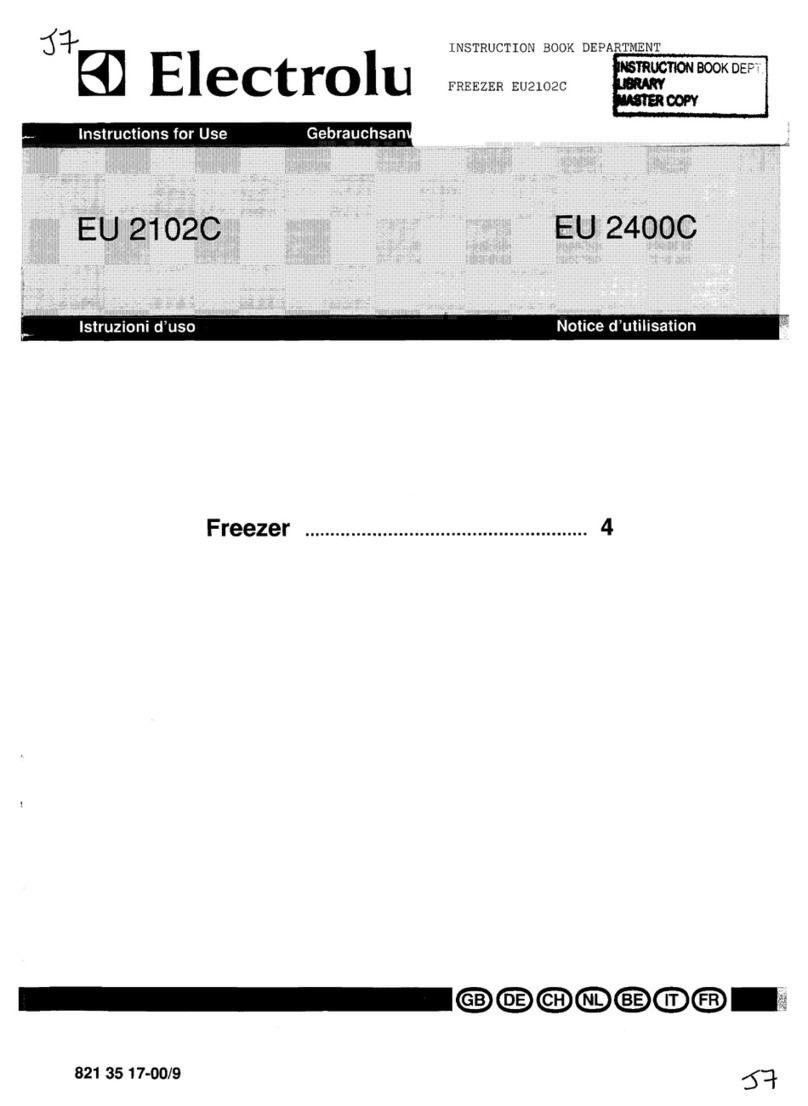
TABLE OF CONTENTS
SECTION DESCRIPTION PAGE
SECTION 1 INTRODUCTION
1.1 Description .....................................................................................1
1.2 Specifications .................................................................................1
SECTION 2 INSTALLATION INSTRUCTIONS
2.1 SafetyPrecautions .........................................................................3
2.2 Shipment and Transit .....................................................................4
2.3 FreezerInstallation .........................................................................4
2.4 Floor Stand Installation ...................................................................5
2.5 Installing Permanent Wiring............................................................5
SECTION 3 INITIAL SET-UP AND OPERATION
3.1 Operator’s Safety Precautions........................................................7
3.2 Operating Controls and Indicators ..................................................7
3.3 Sanitizing ........................................................................................8
3.4 Freeze Down and Operation...........................................................9
3.5 Mix Information...............................................................................10
3.6 Removing Mix Inlet Regulator.........................................................10
3.7 Cleaning the Freezer ......................................................................11
3.8 Disassembly of Freezer Parts.........................................................11
3.9 Cleaning the Freezer Parts.............................................................12
3.10 Sanitize Freezer & Freezer Parts....................................................12
3.11 Assembly of Freezer.......................................................................12
3.12 RoutineCleaning ............................................................................13
3.13 PreventiveMaintenance .................................................................14
3.14 Extended Storage ...........................................................................16
SECTION 4 REFRIGERATION SYSTEM
4.1 Refrigeration System ......................................................................17
4.2 Evaporators ....................................................................................18
4.3 Compressor Winding Test..............................................................18
4.4 Condensers ....................................................................................19
4.5 T.X.V. .............................................................................................20
4.6 T.X.V. Adjustment ..........................................................................20
4.7 T.X.V. Removal ..............................................................................20
4.8 T.X.V. Installation ...........................................................................21
4.9 Hopper............................................................................................22
4.10 E.P.R. Valve Adjustment ................................................................22
4.11 E.P.R. Removal ..............................................................................23
4.12 E.P.R. Valve Installation .................................................................23
4.13 Capillary Tubes...............................................................................24
4.14 Capillary Tube Removal .................................................................24
4.15 Capillary Tube Installation...............................................................24
4.16 SolenoidValve................................................................................25
4.17 Solenoid Magnetic Coil Removal ....................................................25
4.18 Solenoid Magnetic Coil Installation .................................................26
